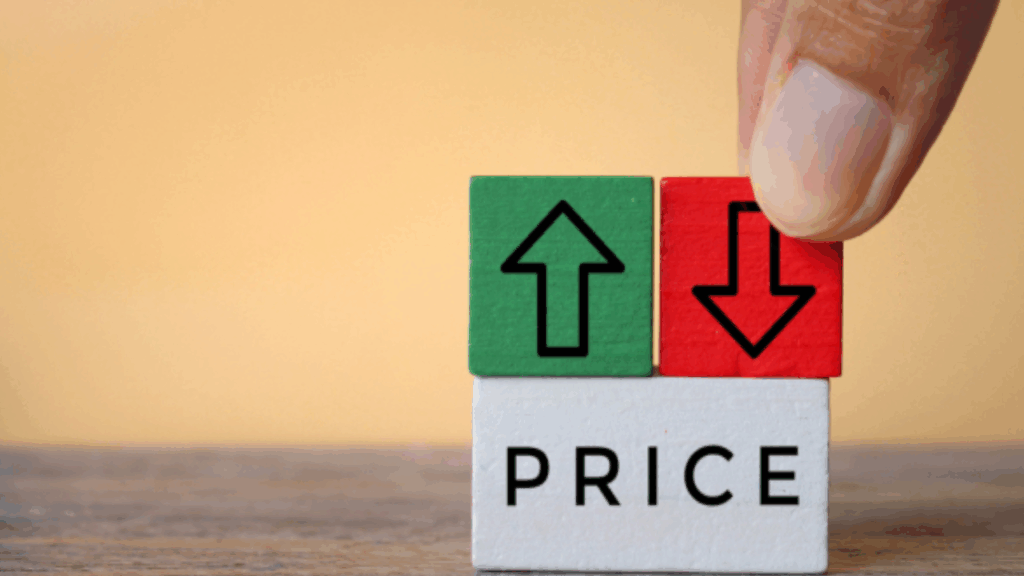Product testing, also known as consumer testing, is the process of evaluating how well a product might work when used by its target market.
Product testing gives companies useful consumer insights when designing and developing their products, but like any other strategy, it has some initial costs.
In this piece, we define product testing and discuss its advantages for your company. Then, we go over the factors that affect product testing costs and provide some advice for lowering your testing costs.
What Is Product Testing, and How Can It Help Your Business?
Consumer product testing involves having a small group of target consumers test your product to provide feedback and observations during and after using your product sample.
This testing strategy can help your business collect qualitative and quantitative information about consumers' potential usage and consumption behaviors, preferences, and reactions to your product.
Product testing can greatly aid your product development and marketing efforts in the following ways:
- Creating product designs that users value by involving consumers and their insights in product development
- Reducing recall and warranty costs by catching product flaws and resolving them in the early stages
- Simulating how the product will be received by consumers after its release
- Ensuring your product marketing strategy works efficiently
- Preventing bad reputations on a large scale
- Preventing customer dissatisfaction or complaints
- Helping Brand activation and creating product awareness
As you can see, product testing campaigns are a valuable resource for improving your product's chances of market success, which will easily justify their cost.
Also read: How Consumer Insights Help Your Business Grow
What Is the Cost of Product Testing?
There are several contributors to the cost of a product testing campaign. That is why product testing costs can vary widely from one project to another.
In this section, we go over each product testing element and explain how it affects the overall cost of the project.
1. Product
One of the major contributors to consumer product testing costs is the type of product you want to test. This is especially true when you're testing consumable goods like food or make-up products, because the product samples cannot be reused.
For comparative purposes, you might need to provide two different versions of your product or offer your product along with those of your competitors. This can multiply the total cost of the product samples you give to each consumer for testing.
Also read: How much does product sampling cost? Is it worth it?
2. Audience size and recruitment method
Another major contributor to how much product testing will cost you is the size of your target audience and how you recruit them.
- Paid product testing is when you hire testers and pay them to use your product and offer their feedback. Paid testers usually provide more accurate and detailed feedback. The downside is that it costs more, especially if you intend to hire a larger audience.
- Another way to go about it is to ask people to test your product and offer feedback for free. While it may sound cheap, it can be extremely hard to get reliable feedback from free testers, especially if the product cannot be used on the spot. Also, free testers are hard to reach and recruit if your company doesn't have an existing community, which is the case for most startups.
3. Test environment
If you plan on using the Central Location Testing (CLT) method, you may incur some venue costs. This type of testing is conducted in a central venue such as a mall or a laboratory. Some of these third-party venues will charge a fee for using their spaces, which can add to the overall product testing campaign costs. The cost of the testing spaces can vary widely based on the scale and duration of the project.
4. Shipping
An increasingly popular method, In-Home Usage Testing (IHUT), is done by shipping product samples to the target audience so they can test them in their home environment. The major cost factor in this approach is the product sample shipping costs.
Also Read: Rapid Product Testing Sprints Through Product Sampling
5. Human resources
The human resources you need for your product testing campaign depend largely on your testing method. For example, in a test conducted in a lab environment, there are usually people who conduct and observe the process as consumers use the product. The same goes for when you provide product samples to the audience in a mall or supermarket.
Once the tests are conducted, you need to analyze the resulting data and turn it into actionable insights that can guide your decisions. This requires people with sufficient knowledge of data analysis.
Human resources costs vary based on the number and expertise of the people your project needs.
6. Data collection
As with any type of research, product testing also needs a platform to help you collect, store, and analyze feedback data. Again, depending on the size of your business and project, you might choose one of the following ways -ordered from least to most expensive:
- Do it yourself using tools such as surveys and forms.
- Outsource to a third-party platform.
- Develop your own product testing platform.
The cost of skipping product testing
Although product testing provides a business with many advantages in terms of product development and marketing, its costs might be an issue for smaller companies. However, you need to know that not doing product testing can cost your business much more than doing it.
Just think of how detrimental it would be to your business brand and finances if you were to face one of the following issues:
- Developing a product that doesn't meet the users' needs
- Manufacturing and launching a faulty product on a mass scale
- Marketing campaigns that don't resonate with the target audience
These are only some of the issues that make product testing a wise choice for companies.
How to reduce the cost of product testing?
Now that we know what the major contributors to product testing costs are, let's see what we can do to reduce the costs and maximize our results.
Here are three ways we can reduce product testing costs.
Narrow your focus
One of the main ways you can save your product testing dollars is by making sure you hit the mark with your target audience. Use thorough consumer research to create a persona that represents your ideal customer.
Then, set up a screening process to pick the perfect candidates accordingly. This both reduces the number of product samples you need to provide and improves the accuracy of the feedback you get.
Take it home
You can save yourself the venue and product sampling/testing staff costs by taking your product testing campaigns to your consumers' homes. Consumers can record themselves unboxing and using product samples in their home environment and then offer feedback. These videos offer valuable insight into how people react to your product and how they use it. Plus, using the products in their home environment means that your process better simulates real-life circumstances.
Outsource
While you can do your product testing in-house, it will cost you more of your time and money as you need to build a product testing team and set up the infrastructure from scratch. So, for most companies, it's more feasible to outsource their consumer product testing campaigns to third-party platforms that already have the experience and requirements to perform the tests, collect feedback, and analyze the data.
Product testing made easy
Peakage is a platform that helps you do just that. A personalized product sampling platform allows consumer brands to conduct targeted at-home product trials. Our program sorts through 200+ shoppers' attributes and categorizes them based on their buying patterns and interests.

Peakage performs customized customer surveys and analytics on users who have tested your product or service. You will receive valuable feedback that will assist you in discovering actionable insights that can inform strategy, messaging, product positioning, and more.
If you want to kickstart your product testing campaign, book a free consultation with one of our experts.
Final Thoughts: What Does a Product Testing Process Look Like?
Product testing processes can be somewhat different in each project. However, there are a series of common steps you need to take to test your product successfully.
In this final section, we will outline these common steps.
Step 1: Choose the products or concepts you want to test.
Step 2: Determine how product testing fits into your overall product development approach - i.e., waterfall vs. agile product development.
Step 3: Establish your testing metrics, which should include usefulness, ease of use, visual design, value for money, quality, marketing efficiency, and innovativeness.
Step 4: Define, reach, and recruit your target audience.
Step 5: Pick where testing takes place; at a central venue (like a lab or mall) or at your target audience's homes.
Step 6: Conduct the test with your target audience and collect feedback via surveys.
Step 7: Analyze the feedback data and integrate the actionable insights into your product development.
For a more detailed explanation of the product testing process, among other things on this topic, make sure you read: The 7 Steps of Product Testing to Create a Winning Product




